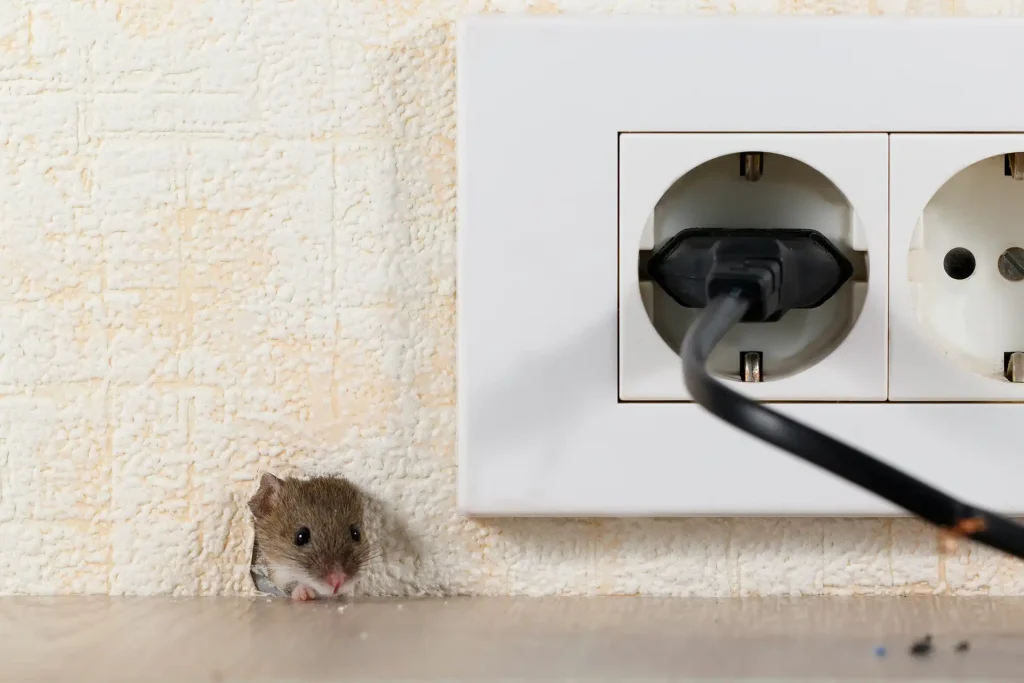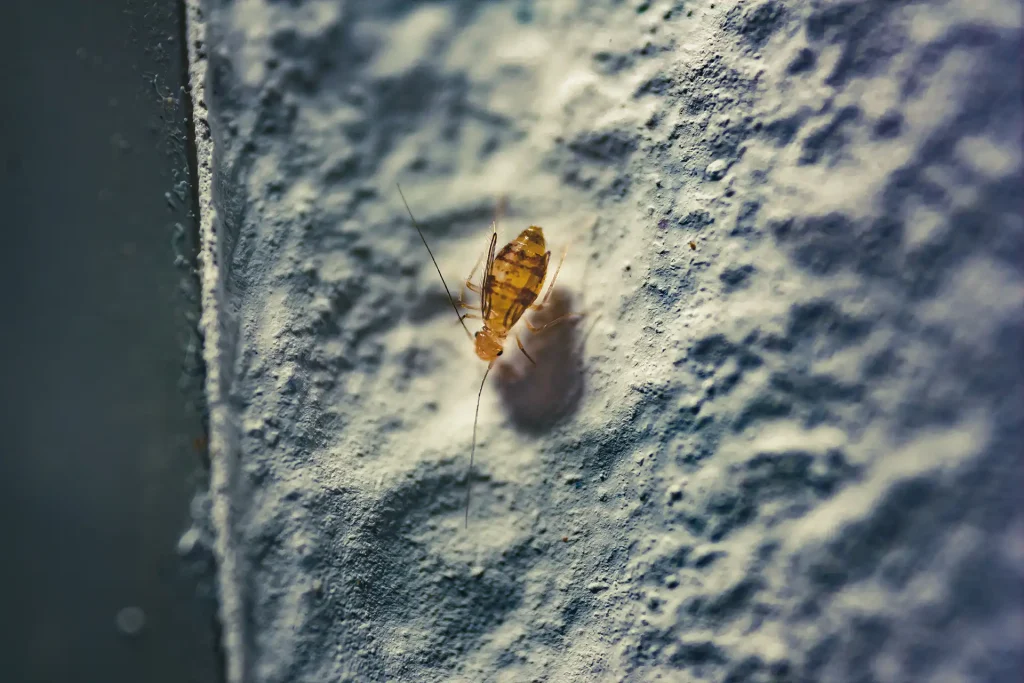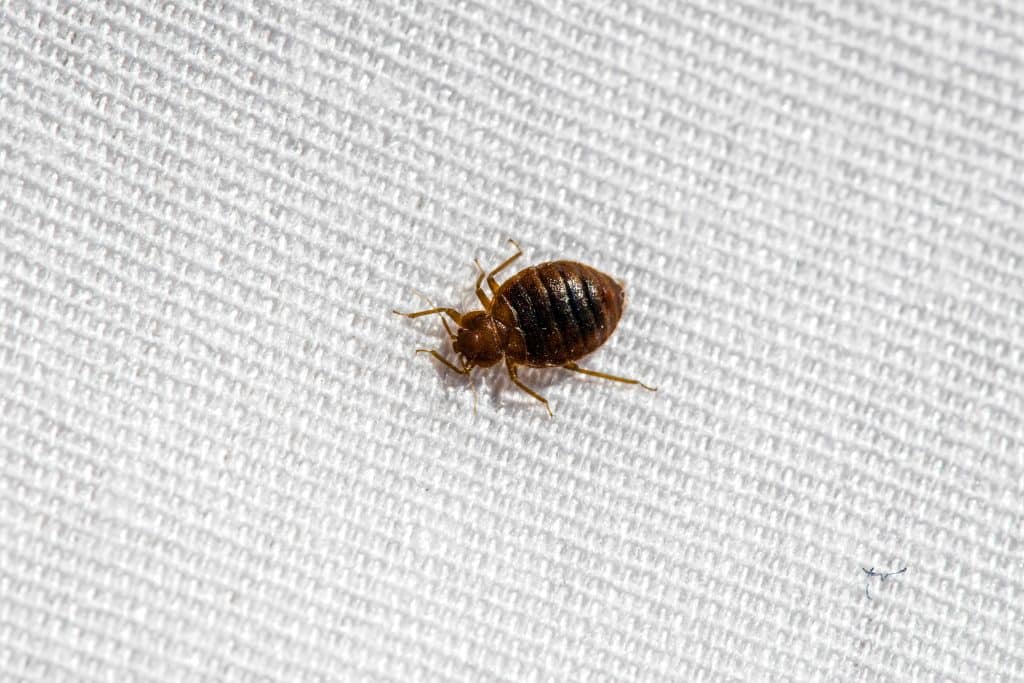You may not even know you have termites until it is too late. Termite damage can be seen on the outside of your house or building and on the inside, but it may also go unnoticed. Termites will eat away at wood and cause beams to collapse. If left untreated, they can lead to costly repairs and structural damage.
How to determine termite damage?
Termite damage may be difficult to spot until the infestation is extensive. Termites only eat wood that is in the interior of the structure. You won’t see termite damage until they’ve tunneled all the way through.
If you do happen to notice termite damage around your home, the results can look similar to the kinds of water damage you may encounter, or rot. Wooden objects will start to buckle, sag, blister, darken, or even collapse if they can no longer support the weight they are designed to support.
Here’s how to rule out if it’s damage due to termites or not:
Termite damage versus wood rot
There are two kinds of rot that wood can become afflicted with: wet and dry rot. Both forms of rot are caused by two different fungus growth. Although it is called “dry rot,” it only infests exceptionally wet pieces of wood and does not need to exist in moisture to thrive. Both termites and rot target cellulose in wood but they have different reasons to attack wood.
First, feel the surface of the wood with your fingers or a screwdriver or a wood-boring tool. If the wood feels spongy and it crumbles easily, it’s wet rot. You should also look for molds or fungal growth inside the wood; if you see any, then you have a wood rot dilemma. If the wood is dry, then test it for its firmness. It lies away easily in big pieces if it’s dry.
Termite damage vs water damage
One way to distinguish between termite damage and water damage is to look for passages in wood. Seek out areas with hollowed-out tunnels. Subterranean termites damage softwood by pushing their way into the grain, leaving behind “honeycomb”-shaped openings.
Using a hammer, tap on the damaged part. If you hear a hollow sound then it’s termite damage. Else, it is water damage.
Be aware that damage can be anywhere inside your home. If your home is well insulated, then termites are more likely to cause damage. Search for and make any repairs that you may want to. Then, continue to watch for damage in the areas.
When do termite damage become visible?
Termite damage may go unnoticed for several years before taking shape. That’s why termite damage is so destructive and difficult to deal with. Unfortunately, it is difficult to locate termites before these pests set up an attacking assault.
If you think you have a termite infestation, your first move should be to hire an expert in NEA pest control to perform an inspection. A pest inspection should tell the exterminator what kind of procedures will work best for treating the termites. Remember that paying for termite pest control now is better than facing bigger costs in repairs later.
Can the damage be repaired?
In some cases, termite damage can be repaired by altering the damaged wood with new wood or strengthening it with additional support. The treatment for termite damage depends on how much damage the termites have incurred. Highly significant damage will require a demolition and replacement.
How to prevent termite damage?
Termite treatment costs can be pricey. Repairing termite damage can be more costly. In worst cases, whole buildings must be torn down due to termite damage. Fortunately, there are several ways to lower the risk of termite infestation damage.
One way is to let a professional handles periodic termite inspections at your residence and around your property. Chemical treatments can deter termite infestations for up to 5 years, but a professional must still inspect your residence on a periodic basis.
Other preventative measures you can take without professional intervention include:
- Scraping off and destroying mud tubes. Mud tubes are small tunnels created by termites that are near the ground, and which termites make use of to move about. Destroy this option as quickly as possible if you see them again.
- Clearing out your crawlspace. Use a storage area elsewhere in your home to store things. Crawlspaces can draw termites if your house is filled with lots of wooden furniture, cardboard or plastic items.
- Removing debris from your building’s construction site. During the construction phase of your project, be sure to clear any wood debris lying near the construction site. The wood will give termites a great meal.
- Applying mechanical barriers. If you are still in the construction phase, ask your contractor about using termite-resistant building materials to protect from termites infestation.
- Keeping building materials off the ground. The construction phase is among the best times to take preventative steps. Keep all items of wood and building materials off the ground. Termites can get to your lumber, and you do not want to render it unusable.
- Fixing moisture problems. Leaks and plumbing issues in your home can drive termites to choose your home for its softer, moist wood.
- Sealing cracks in masonry. Check the masonry, concrete, and brick areas of your building for cracks. These cracks can help termites gain access to your building more easily.
- Keeping wood products away from your building. Don’t store wood products inside your building. Termites, when exposed to damp conditions or lying on the ground, thrive on eating these woods. Store them away from your property to keep termites from entering easily.
- Removing mulch and greenery from around the house. Both are termite enticement agents. Make certain that mulch and greenery are not in contact with your house — just keep them at a safe height.
- Scheduling annual inspections. After following the tips listed above, you should have no problems with a termite infestation in your house. Still, you should retain the services of a pro to ensure that everything is in working order and that your efforts at stopping termites are worthwhile.
Choose Greencare pest control to deal with termite infestations
In conclusion, termite damage is often hard to detect. This can rob the homeowners of the chance to save their homes before more extensive damage occurs. If you suspect termite, call for a termite pest control service in Singapore immediately.








